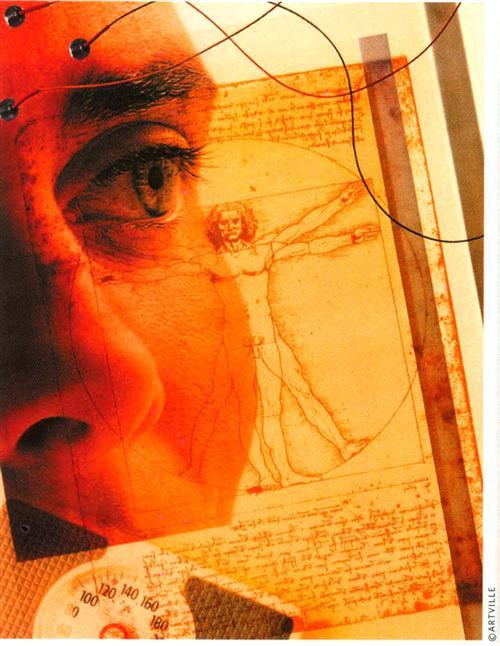Sign up for the Family Tree Newsletter Plus, you’ll receive our 10 Essential Genealogy Research Forms PDF as a special thank you!
Get Your Free Genealogy Forms
"*" indicates required fields
 In an earlier, less-enlightened era, “racial purity” was highly valued (at least among the race that mostly ran things), and ugly phrases such as “half-breed,” “mongrelization” and “race mixing” were hurled like curses. Today, though bad, old attitudes still linger in dark corners, golf fans root for Tiger Woods, Cher can boast of her Cherokee blood, and genealogists look for exotic rainbows in their roots.
In an earlier, less-enlightened era, “racial purity” was highly valued (at least among the race that mostly ran things), and ugly phrases such as “half-breed,” “mongrelization” and “race mixing” were hurled like curses. Today, though bad, old attitudes still linger in dark corners, golf fans root for Tiger Woods, Cher can boast of her Cherokee blood, and genealogists look for exotic rainbows in their roots.AncestryByDNA simply places your DNA along this racial spectrum, which means the test can’t connect you with distant DNA cousins, as some genetic-genealogy offerings promise. But if you’ve always wondered if you have some African roots, for example, AncestryByDNA offers an easy way to put your theories and family stories to the test. At $158 for an individual, it’s cheaper than most DNA tests for genealogy, which typically run $200 to $300. And unlike tests that require Y-chromosomes, you don’t have to have the cooperation of a male family member.
The test itself couldn’t be simpler. When you order, you get two sterile Gene Guard swabs, which look sort of like small dental instruments. You scrape the inside of each cheek with a serrated swab (pictured below left) at least 10 times, using an up-and-down motion and moderate pressure. Then, let the swabs briefly air-dry and pop them in the supplied return envelope.
A few weeks later, you’ll receive a CD-ROM that includes a certificate and results table showing your ancestral proportions, a triangular graph charting your results and a map of ancient human-migration patterns. At first, you may be disappointed by the simplicity of the results — it doesn’t look like a lot for $158. Basically, you’ll learn that your racial mix is X-percent this, X-percent that. But at least you’ll know — and you can either pursue your various ethnic ancestors through other genetic and genealogical means, or discount long-held family myths. (Was your great-great-grandmother really an Indian princess?)
For example, I tried AncestryByDNA on behalf of a coworker who’d always suspected that he had Native American ancestry. The circumstances of one grandparent’s birth were a bit cloudy, and the grandparent had grown up in an area with many Native Americans — in fact, enduring that “half-breed” taunt as a youth. This grandparent even looked more like a Native American than like the Scandinavians who mostly populated the region.
Our coworker got the AncestryByDNA kit and swabbed the inside of both cheeks. The process was no more painful, he reported, than if you scraped with your toothbrush. Then, he tucked the two little swabs in an envelope, sent it off and waited for the results.
Given how sure he was that the evidence pointed to a Native American branch in the family tree, the results were a bit of a surprise: The test found no Native American DNA component whatsoever. So much for those long-held suspicions! Surprisingly, too, the results showed 94 percent Indo-European but also 6 percent East Asian ancestry. (The company says its error rate is 3 percent, too low to explain this figure.)
But, if anything, that 6 percent confirms his pure Scandinavian origins. According to AncestryByDNA’s Web site, “DNAPrint has found that many individuals reporting pure Scandinavian ancestry register with detectible East Asian admixture as well. This result may obtain through contribution of the Lapps, indigenous Scandinavians who share physical features, culture and common history with Northern Asian populations.”
Even though the answers weren’t what he’d expected, our coworker was glad to have tried the test. Whether it’s worth $158 depends on how curious you are about your racial roots. For more information, see the Web site or call (941) 366-3400.
From the August 2003 Family Tree Magazine.
ADVERTISEMENT
